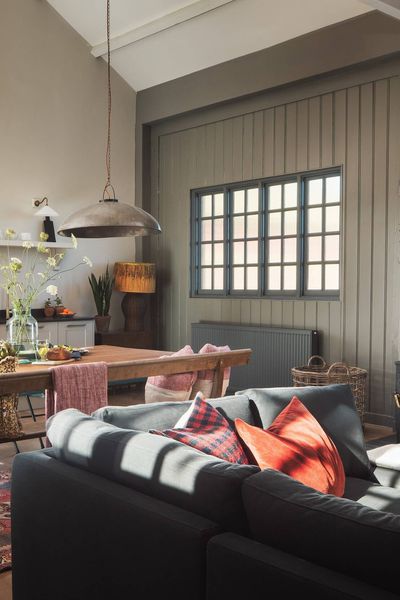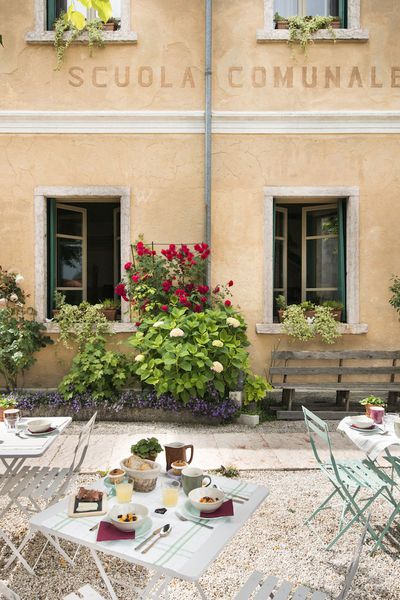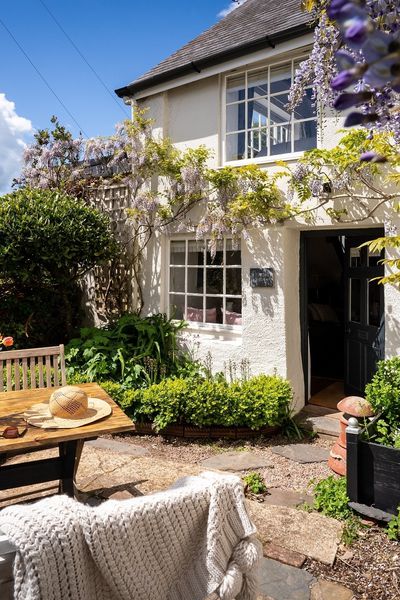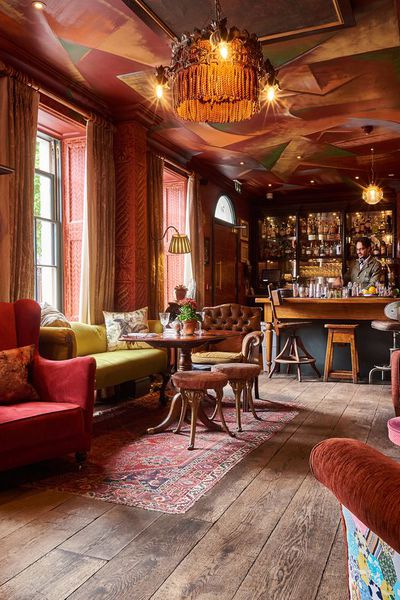
The Slow Food Train
Umbria’s tranquil pace and culinary heritage combine beautifully on the slow train from Terni, in the south of Umbria, to Terontola at the borders of Tuscany. The route, which can easily fill a week, is a rattling shuffle between white cities on dark green hillsides, with each stop a chance to taste the food that forms such a huge part of Umbria’s character and history. You’ll find yourself walking in ancient olive groves and marvelling at the freshness of their flavours in dishes of fish and game.
Although the train passes to the west of Norcia, you’ll find the speciality Norcineria named after the town all over the region. The butcher’s shops, some of which have been in the same family for generations, are hung all over with the finest hams and salami you’ll ever taste. It’s one of life’s great, simple pleasures, to pick up some beautiful prosciutto, a bit of sheep’s cheese and fresh bread, then hop back on the train and snack as the countryside rolls by. Find more information here.
Stay at: Genius Loci Country Inn when visiting Todi or Foligno, Casa Rosa when visiting Assisi and Relais Casamassima for Perugia.

The ancient town of Gubbio
Umbria has its fair share of iconic towns where switchback streets lined with pale buildings are cut into steep slopes. Many of them form part of the most common “Umbrian circuit” and can feel a little overrun, but Gubbio is a little way off the beaten track and well worth the detour. The prevalence of darker stone gives it a slight feeling of austerity, but a sense of authentic, unspoilt antiquity hangs over its cobbles. From its position on the hilltop, it has dominated the valley below for centuries under many names. It’s so old the stunning ruins of the Roman amphitheatre almost feel modern.
The ancient centre is an incredibly atmospheric place to stroll, but you can also take a funicular to the top of Monte Ingino and walk back down with views of the town and the valley below changing at every turn. If you happen to be around at Easter, you might see a (slightly sanitised) re-enactment of the crucifixion, but in May you can see the soul of Umbria come alive at the Festa dei Ceri. The centuries-old event in honour of Saint Ubaldo involves three colourfully-dressed teams racing to manoeuvre giant wooden columns (ceri) along the streets to the main square. The bright, heaving mass of people is a magnificent, otherworldly spectacle that turns into a party lasting long into the night.
Stay at: Borgo di Carpiano, Locanda del Gallo or Castello di Petroia.
View all our places near Gubbio >
Four reasons to visit Umbria, Italy Gallery 1

Floating on Lake Trasimeno
Lake Trasimeno, in central Umbria, is a glittering turquoise bowl surrounded by a scattering of quiet towns. Passignano has lakefront bars, restaurants and pizzerias perfect for languid afternoons, while in Castiglione you can walk down and swim straight from the beach after exploring the castle in the medieval quarter.
There are numerous walking trails around the lake – a particular favourite of ours is the stretch from Castiglione del Lago to Punta Navaccia. From here you can jump on a ferry to Maggiore island and visit the Palazzo del Capitano, the Lace Museum that celebrates one of the region’s legendary artisanal traditions, and the island’s 15th-century fishing hamlet. It’s possible to organise fishing trips of your own, or hire kayaks, mooring up every so often for a drink in the sunshine.
Stay at: Vocabolo Belvedere, Villa Rosa or take a day trip from Relais l’Antico Convento.

Digging for diamonds
Umbria is Italy’s diamond mine, but we’re not talking precious stones. The truffles known as “black diamonds” are found in greater numbers here than anywhere else in Italy. While they fetch a high price around the world, going straight to the abundant source means you can enjoy truffle dishes in many local restaurants without fearing the bill. Even more enticing is the chance to head out with the truffle hunters and dig up some to eat fresh. Most truffle hunters, like Francesca Ryde at The Black Truffle Lodge, have had the tradition passed down to them through generations, although few people still use pigs to root out the valuable fungi. Dogs have been found to be easier to train and less likely to eat a truffle they find, or have a nibble at the hand you’re holding one in. There’s also the matter of discretion.
Good truffle locations are often a closely-guarded secret and, as the President of New World Truffieres Charles Lefevre once said, “if you have a pig on a leash, everyone knows what you’re doing.” Francesca’s family have been in the business since the 1400s and even without the pigs, walking the wooded hillsides and digging in the rich soil for truffles makes you feel part of history in a way that only joining in with the unbroken ways of everyday life can. Once you’ve turned some up, you can take them back to the farmhouse and watch as the cooks make fresh pasta and salads from your haul of rich, nutty gems.
Stay at: The Black Truffle Lodge, La Cuccagna B&B or Chiesa del Carmine.
More inspiration…

Places to stay in Umbria
View our collection of places to stay in Umbria, from timeless farmhouses to terracotta villas.

Browse all places in Italy
Browse our collection of self-catering places, hotels and B&Bs in Italy, a country famous for the ancient capital, delicious cuisine and stunning architecture.

Hidden Gems in Italy
Explore the narrow canals and beauty of Venice, the landscape and stylish lifestyle of Lake Como and Garda, the vineyards and olive groves of Tuscany, and the ancient ruins and cafe culture of Rome.















